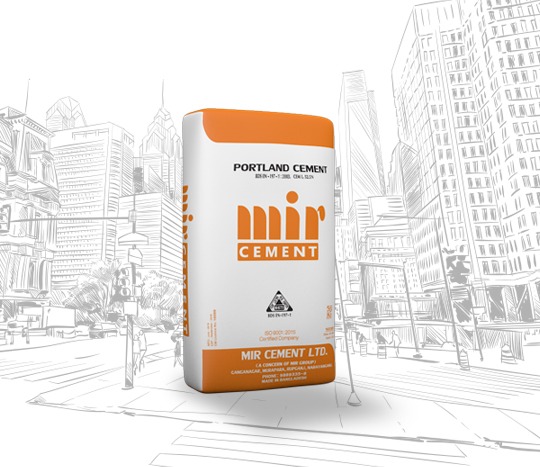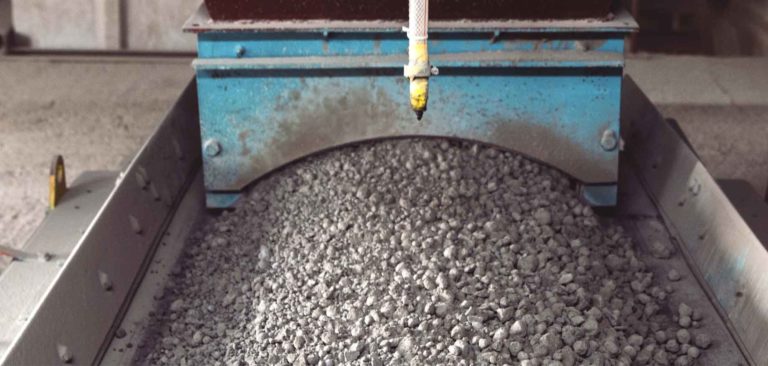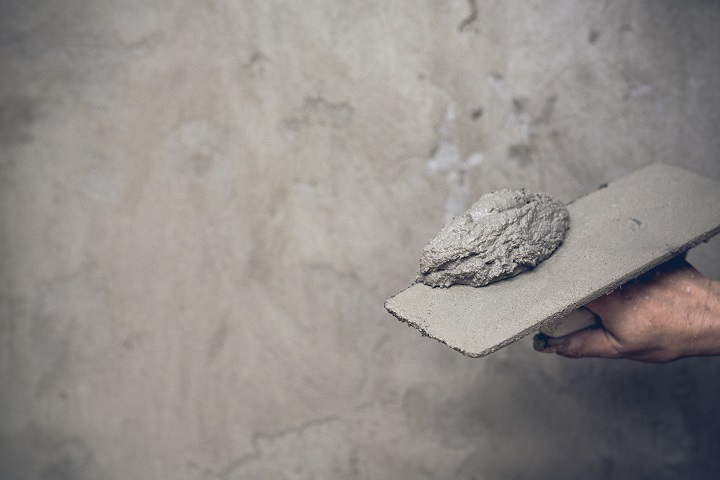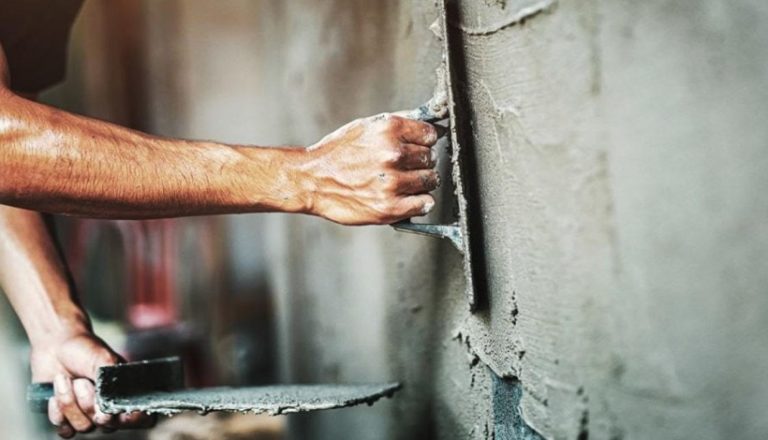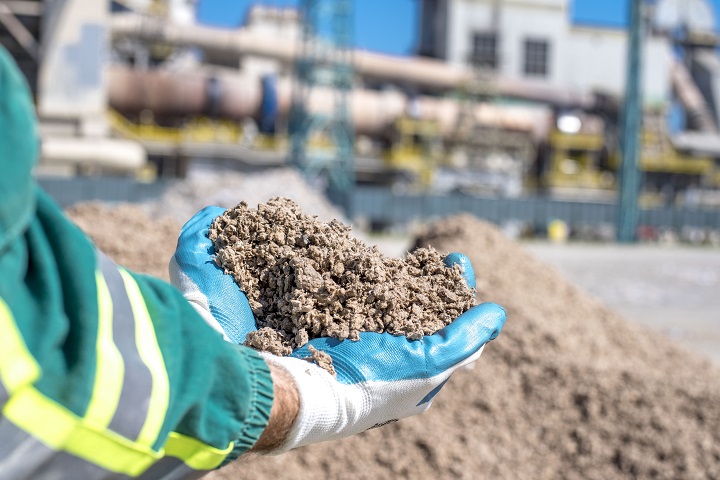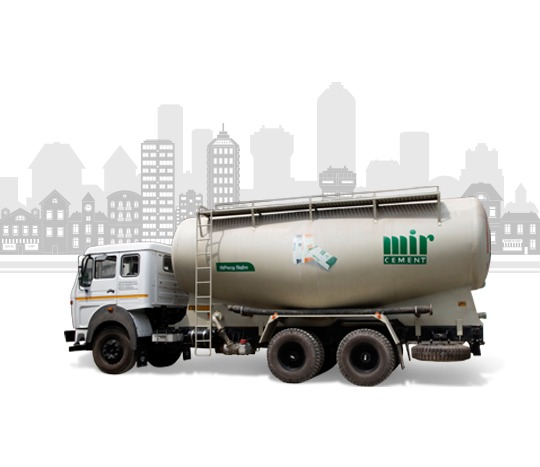Ordinary Portland Cement (OPC) in Bangladesh: Things to Consider Before Purchase
A cement is a substance that binds together different materials by a combination of chemical reactions through hydration. Cement is a powdery substance that starts reacting after getting into contact with water. It is the primary “glue” that holds a structure upright. Cement is one of the essential construction materials globally and acts as an inseparable component in the construction of buildings, bridges, harbors, roads, etc. The demand for cement is constantly rising worldwide, making it the 2nd most consumed commodity in the world after water.
There are different types of cement available in the market. Choosing the best type of cement in Bangladesh allows your construction project to become more rigid and durable. Before making a purchasing decision, you should make sure the type of cement you intend to purchase suits your requirements. There are two significant categories of cement for general construction purposes: 1) Ordinary Portland Cement or OPC and 2) Portland Pozzolana Cement or PPC.
What is Ordinary Portland Cement
Ordinary Portland Cement is one of the most widely used cement types globally. In Bangladesh, OPC is mainly used in construction works. The name of the cement originated in 1824 by Joseph Aspdin due to its similarity in color and quality found in Portland stone. Portland stone is a whitish-gray limestone on the island of Portland, Dorset. OPC can reach high compressive strength, making it a popular choice in large construction projects.
Ingredients of Ordinary Portland Cement
OPC consists of two major categories of raw materials:
- Argillaceous or silicates of alumina, which is used made of clay and shale
- Calcium carbonate is deposited in limestone, chalk, and marl. It is commonly known as calcareous materials.
The raw materials are mixed by standard proportions of about two parts of calcareous materials to one part of argillaceous materials. The mixture is then crushed and ground in ball mills, which can be performed in both dry and wet conditions. It is then burnt in a rotary kiln at more than 1400 degrees Celsius. Newly produced clinkers are then cooled and passed on to ball mills to be added with a standard gypsum ratio. Then the whole mixture is grounded to achieve fineness according to the class of the product.
OPC can contain different ratios of various components. However, the ratios must be within a specific range to be recognized as OPC. The following chart shows the percentage of different materials in OPC.
| Lime (CaO) | 60 – 67% |
| Silica (SiO2) | 17 – 25% |
| Alumina (Al2O3) | 3 – 8% |
| Iron Oxide (Fe2O3) | 0.5 – 6% |
| Magnesia (MgO) | 0.1 – 4% |
| Sulfur trioxide (SO3) | 1 – 3% |
| Soda and Potash (Na2O+K2O) | 0.5 – 1.3% |
These constituents undergo chemical reactions to form the significant four compounds, also known as Bogue Compounds. These are commonly known as Tricalcium silicate (C3S), Dicalcium silicate (C2S), Tricalcium aluminate (C3A), and Tetracalcium aluminoferrite (C4AF). The proportions of these four compounds differ in specific ranges in OPC. The strength of cement mainly depends on the C3S and C2S. The setting time of cement depends on the C3A.
Things You Should Consider Before Purchasing Ordinary Portland Cement in Bangladesh
It would be best to consider some critical OPC properties before purchasing them because these properties are responsible for the quality of the cement.
Fineness
Fineness refers to the particle size of OPC, which directly contributes to the rate of hydration. Thus, responsible for the rate of strength gain. Smaller particles have more excellent surface area-to-volume ratios. You should purchase OPC with around 95% of the cement particles smaller than 45 microns with an average size of 15 microns.
Source: Define Civil
Soundness
This property refers to the ability of a hardened cement slab or pastes to retain its volume after setting. If the composite particles are not in standard ratios, the soundness of cement can affect the integrity of your structure.
Compressive Strength
The compressive strength of cement can be tested with compression testing machines. Make sure your preferred cement brand provides certification of the compressive strength that it claims. OPC should gain compressive strength ranging between 33 – 53 MPa at 28 days, 22 – 27 MPa at seven days, and 16 – 27 MPa at three days of curing after casting.
Setting Time
Setting time may vary depending on the grade of OPC. However, 30 minutes should be regarded as a minimum setting time for the initial setting and a maximum period of 600 minutes as the maximum setting time.
Where Can You Use Ordinary Portland Cement?
OPC is great for almost all kinds of construction work. Here is a list of use case scenarios for OPC:
- OPC is mainly used for reinforced concrete buildings, bridges, pavements, any construction work where soil conditions are ordinary.
- All general-purpose construction works where unique properties of cement are not required.
- In projects where high strength and resistance to cracking and shrinkage are required, OPC can be used.
- OPC can be used for concrete masonry units.
- OPC is used in the production of concrete.
Types of Ordinary Portland Cement
Not all OPC in the market is the same. OPC can be purchased in three grades, classified according to their maximum strength gain features. These are –
- OPC-33 Grade: OPC 33 grade can achieve a strength of 33 MPa after a setting of 28 days. So, this grade of OPC is used only where low strength is required, like plastering.
- OPC-43 Grade: This grade of cement is widely used in wall plastering, non-RCC works, and pathways due to its moderate strength gain. It can achieve a strength of 43 MPa after a setting of 28 days.
- OPC-53 Grade: This is the highest strength gain OPC category used in RCC structures, buildings, and prestressed concreting works. It can achieve 53 MPa after a setting of 28 days.
Advantages of Using Ordinary Portland Cement in Bangladesh
There are many benefits of using OPC in your construction project. However, it would be best to use different types of cement in a construction project according to the requirement to enable maximum efficiency and effectiveness. But using OPC can bring you a range of benefits. Here is a list of a few benefits:
- OPC has excellent resistance against cracking and shrinkage.
- The initial setting time of OPC is much faster than PPC. So, OPC is a better choice in works requiring a faster cement setting time.
- The curing period of OPC is a little less than PPC. So, curing costs can be reduced if OPC is used.
- OPC has moderate sulfate resisting properties. Hence, it can tolerate a bit of chemical attack in the soil.
- OPC generates low heat of hydration.
- Very easy to use compared to other types of cement. No particular skill is required for setting OPC.
Disadvantages of Using Ordinary Portland Cement in Bangladesh
Despite all the advantages, it can also bring a few disadvantages to your project. It is essential to be aware of the following disadvantages:
- OPC cannot be used in mass concreting due to its high heat of hydration compared to PPC.
- OPC produces less cohesive concrete compared to PPC. So, concrete pumping becomes difficult with OPC.
- OPC has lower fineness compared to PPC. Hence, it has a high permeability, which results in lower durability.
- OPC is more expensive than PPC.
- Higher grade OPC like 53-grade cannot be used in plastering work as it can cause cracks due to its high strength.
- A higher concentration of sulfate attacks can compromise structures built using OPC.
Summary
OPC cement is a widely used cement in the construction world. In Bangladesh, there are two major cement types: OPC and PPC. However, they are known as CEM I and CEM II, where CEM I is OPC and CEM II is PPC. Until 2003, Bangladesh only produced OPC. Due to high demand, OPC is still the most consumed cement in Bangladesh. Good quality OPC cement can secure the durability and longevity of your construction project.
Mir Cement manufactures CEM I and CEM II. Mir OPC is a highly durable and high-strength OPC due to 95% – 100% clinker and very low percent of its contents’ alkalis, chlorides, and magnesia. Mir Ordinary Portland Cement can be set quicker than other alternatives in the market and achieve 75% of its maximum strength within a week. Large construction projects utilize Mir OPC due to its resistance, resilience, and quick-setting properties.
Frequently Asked Questions (FAQs)
What is the fineness of Mir OPC?
Ans: Mir OPC has a fineness of 3200 – 4200 cm2/gm
Can I use OPC in building a house?
Ans: Yes, you can use OPC in building houses and all general-purpose construction works.
Is OPC better than PPC?
Ans: Both categories of cement have their advantages and disadvantages. So, each type of cement performs best in specific conditions.
Is OPC cheaper than PPC in Bangladesh?
Ans: No. OPC is slightly more expensive than PPC in Bangladesh.
Can OPC be used in building roads?
Ans: Yes. OPC can be used to construct highways, roads, and runaways.

